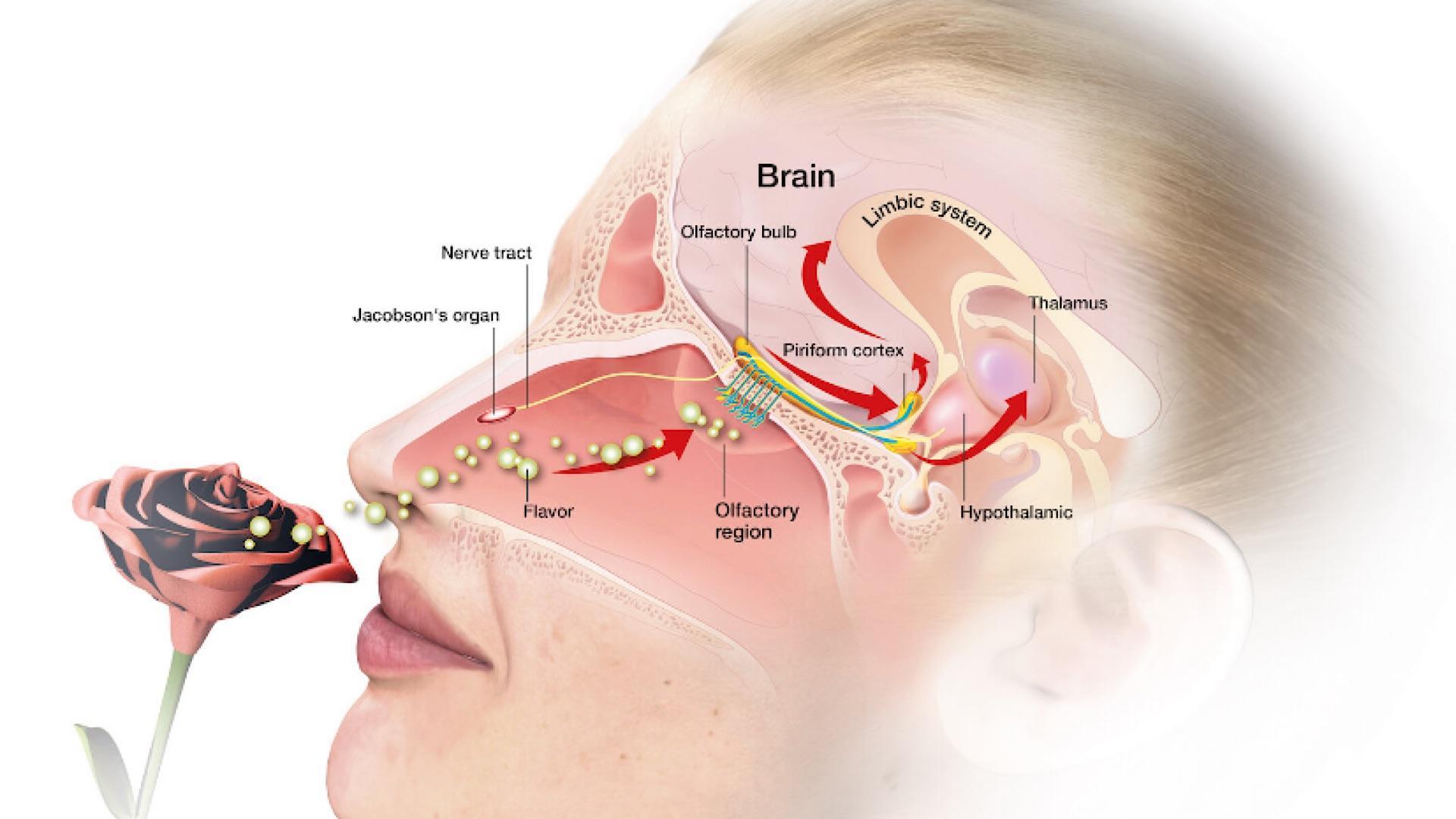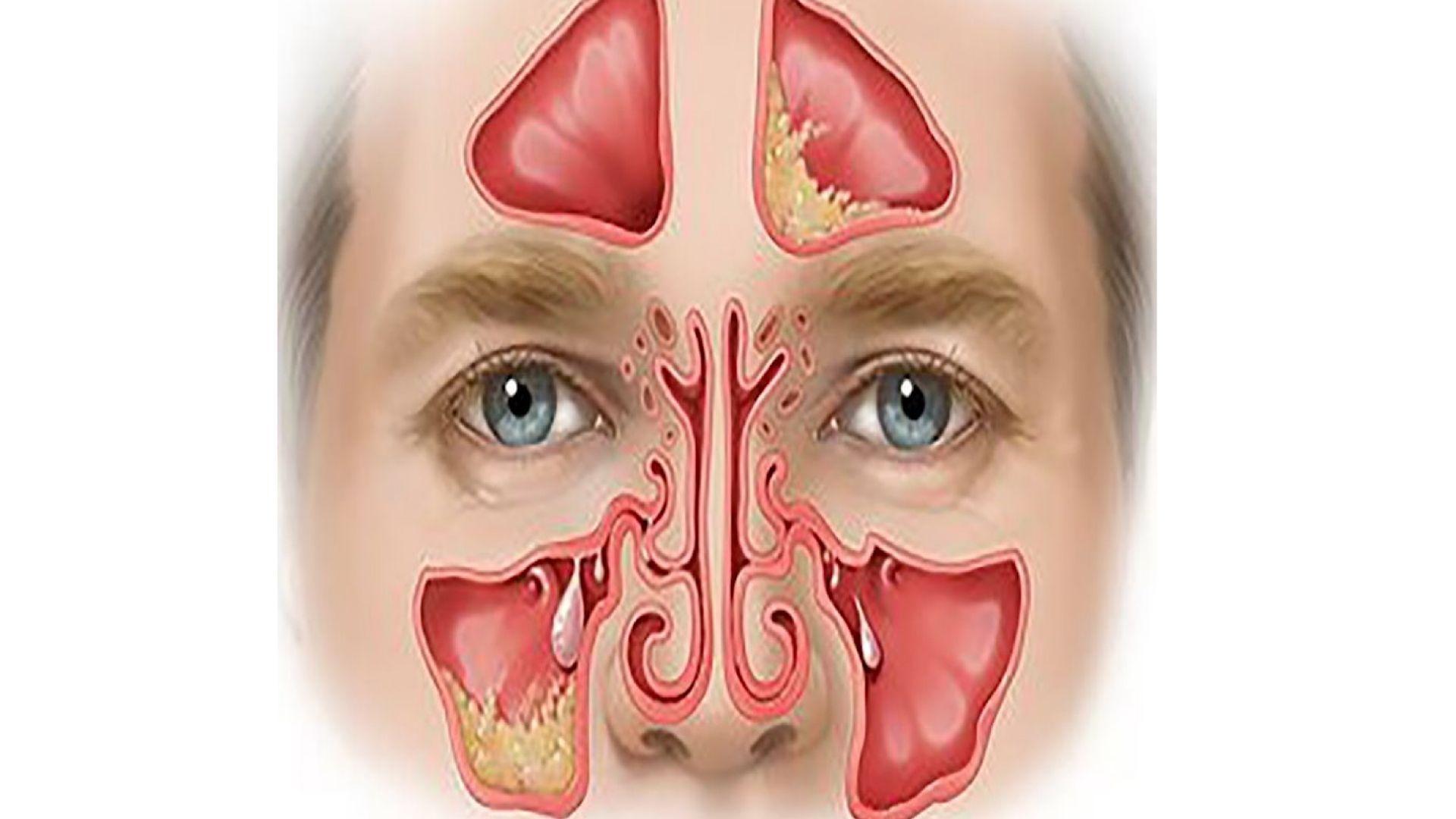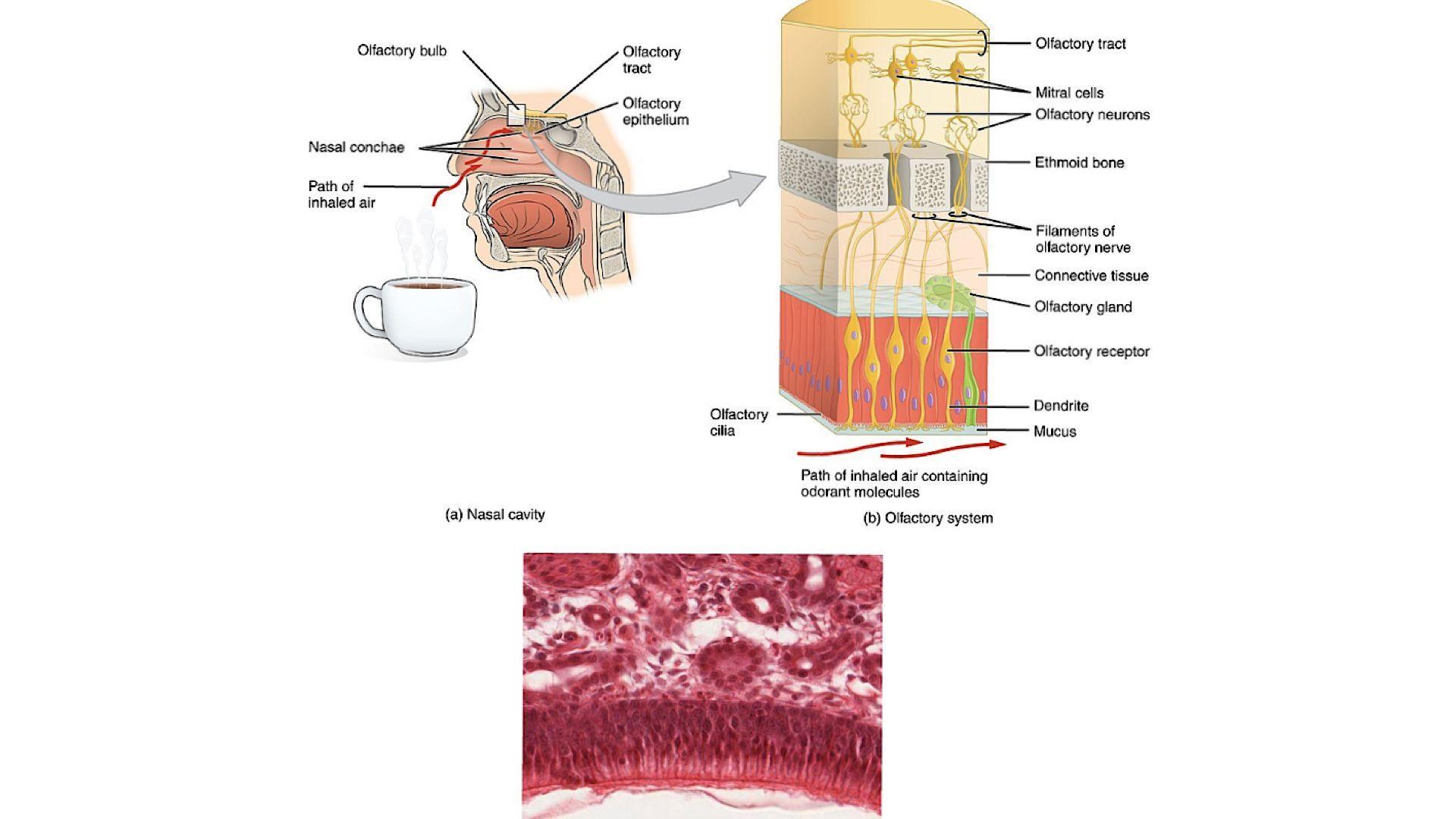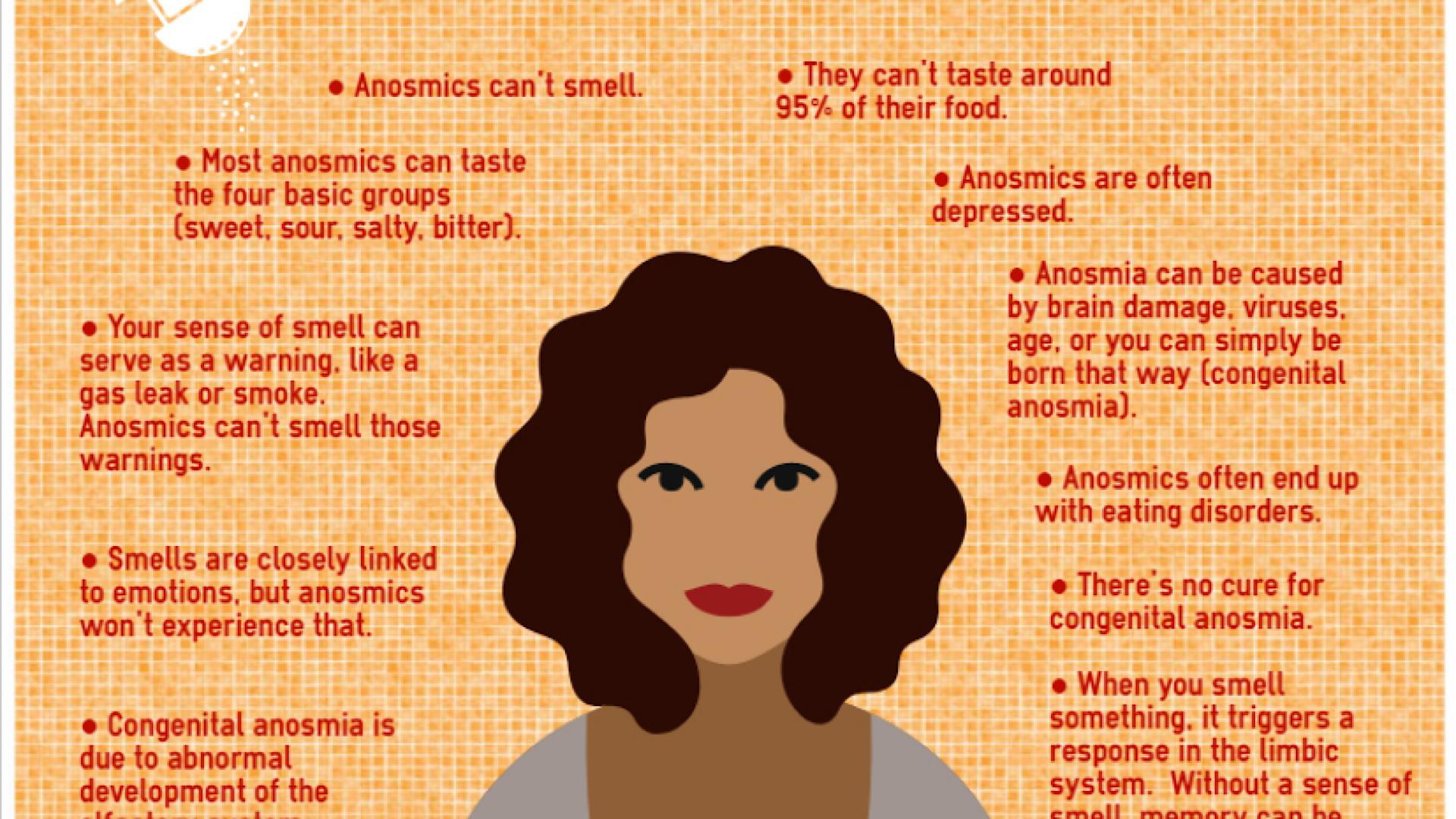In the intricate symphony of human physiology, our noses play a far more crucial role than we might imagine. Beyond its obvious functions of breathing and smelling, this unassuming organ may hold the key to unlocking profound insights about our health and even our mortality. Recent research has unveiled a startling connection between our sense of smell and our life expectancy, suggesting that our noses might be silent sentinels, quietly alerting us to potential health decline long before other symptoms emerge.
This revelation stems from a groundbreaking study conducted over nine years ago, which found that losing one’s sense of smell could predict death within five years. While this finding may seem alarming at first glance, it opens up a fascinating avenue for early intervention and proactive health management. In this blog, we’ll delve into the science behind this phenomenon, explore its implications for everyday life, and investigate how this knowledge might reshape our approach to health and longevity. Join us as we embark on an olfactory journey that bridges the gap between the tip of your nose and the forefront of medical science.
How Our Sense of Smell Works

Our sense of smell begins with millions of olfactory receptor neurons in the upper part of the nasal cavity. These neurons have tiny hair-like projections called cilia that detect odor molecules. When odor molecules bind to these receptors, they trigger a signal that travels along the olfactory nerve to the olfactory bulb in the brain.
From there, the signal is processed in various brain regions, including the piriform cortex and the limbic system, which are responsible for smell perception and emotional responses. This complex system allows us to distinguish thousands of different odors and plays a crucial role in memory, emotion, and even taste perception.
Mechanisms Behind Age-Related Smell Loss

Age-related smell loss, or presbyosmia, is a common phenomenon affecting older adults. Several factors contribute to this decline. First, the number of olfactory receptor neurons naturally decreases with age, reducing the overall sensitivity to odors. Additionally, the regenerative capacity of these neurons slows down, making it harder to replace damaged cells.
Changes in mucus composition can also affect odor molecule detection. Furthermore, cumulative damage from environmental toxins and repeated infections can impair olfactory function over time. Neurodegenerative processes associated with aging may also impact the brain’s ability to process olfactory signals effectively, leading to a diminished sense of smell in older individuals.
Common Causes of Anosmia

Anosmia, the complete loss of smell, can result from various factors beyond aging. Upper respiratory infections, including the common cold and flu, can cause temporary anosmia by inflaming the nasal passages. More recently, COVID-19 has emerged as a significant cause of smell loss. Chronic sinusitis and nasal polyps can physically block odor molecules from reaching olfactory receptors.
Head trauma can damage olfactory nerves or brain regions involved in smell processing. Certain medications, particularly some antibiotics and antidepressants, may affect smell as a side effect. Exposure to toxic chemicals or pollutants can damage olfactory receptors. Additionally, neurodegenerative diseases like Alzheimer’s and Parkinson’s often involve early olfactory impairment.
The Methodology: How Smell Loss is Linked to Mortality

The study linking smell loss to mortality, conducted by researchers at the University of Chicago, involved over 3,000 participants aged 57 to 85. Researchers used a simple smell test featuring five common odors: peppermint, fish, orange, rose, and leather. Participants were asked to identify these scents, and their ability to do so was scored. The researchers then followed up with the participants over five years, tracking their health outcomes.
They found that those who failed to identify at least four out of the five odors were more than four times as likely to die within five years compared to those with intact smell function. This correlation persisted even after accounting for factors like age, socioeconomic status, and overall health.
Types Diagnostic Value of Smell Tests

Smell tests are valuable diagnostic tools used to assess olfactory function. The most common type is the “scratch and sniff” test, where participants scratch odor-impregnated strips and identify the scents. The University of Pennsylvania Smell Identification Test (UPSIT) is a standardized version of this, using 40 different odors. Another method is the “sniffin’ sticks” test, which uses pen-like devices containing odors.
Threshold tests measure the lowest concentration of an odor a person can detect. These tests can help diagnose conditions like Parkinson’s and Alzheimer’s in their early stages, as smell loss often precedes other symptoms. They’re also useful in assessing post-viral smell loss, monitoring recovery from head injuries, and evaluating overall neurological health.
Neurological conditions associated with smell loss

Several neurological disorders are closely linked to olfactory dysfunction. Parkinson’s disease often presents with smell loss as an early symptom, sometimes years before motor symptoms appear. This is due to the accumulation of alpha-synuclein in the olfactory bulb. Alzheimer’s disease similarly affects smell, with olfactory impairment potentially serving as an early marker. Multiple sclerosis can damage nerve pathways involved in smell processing.
Huntington’s disease and certain forms of epilepsy may also impact olfactory function. Interestingly, schizophrenia has been associated with altered smell perception. These connections highlight the intricate relationship between the olfactory system and broader neurological health, offering potential avenues for early diagnosis and intervention in various neurological conditions.
Smell and Health Status

The sense of smell serves as a surprising indicator of overall health. Research has shown that olfactory dysfunction can be linked to various health issues beyond obvious nasal problems. Poor smell function has been associated with increased mortality risk, possibly due to its connection with neurodegenerative diseases and its impact on nutrition and hazard detection.
Smell loss can indicate systemic inflammation, which is linked to conditions like cardiovascular disease and diabetes. It may also reflect the body’s exposure to environmental toxins. Additionally, smell impairment can affect nutritional status by altering food enjoyment and intake. This connection underscores the importance of olfactory health as a potential marker for broader physiological well-being.
Smell training: Can it improve olfactory function?

Smell training, also known as olfactory training, is a promising technique for improving smell function, particularly in cases of post-viral anosmia or hyposmia. The process involves deliberately and regularly exposing oneself to a set of distinct odors, typically strong scents like eucalyptus, lemon, rose, and cloves. This repeated exposure aims to stimulate and potentially regenerate olfactory neurons.
Studies have shown that consistent smell training over several months can lead to significant improvements in both odor threshold and discrimination abilities. While not effective for all causes of smell loss, it has shown particular promise for those recovering from viral infections or experiencing age-related decline. The simplicity and non-invasive nature of smell training make it an accessible option for many suffering from olfactory dysfunction.
Losing Smell Impacts Quality of Life

The loss of smell, often underappreciated, can have profound effects on quality of life and cultural experiences. Smell plays a crucial role in memory formation and emotional experiences, with its loss potentially leading to feelings of detachment or depression. Culturally, many traditions and social interactions revolve around food and shared olfactory experiences, from holiday meals to religious rituals involving incense. Losing smell can diminish these experiences, leading to social isolation.
It also impacts personal safety, as individuals may struggle to detect dangers like gas leaks or spoiled food. In many cultures, personal hygiene and the use of fragrances are important social cues, and the inability to perceive these can affect interpersonal relationships. The psychological impact of smell loss is significant, often leading to a decreased enjoyment of life’s pleasures and a sense of disconnection from one’s environment and memories.

